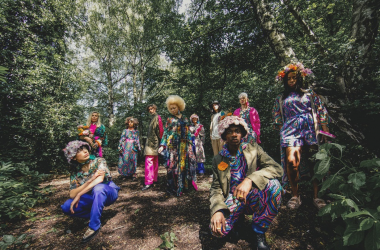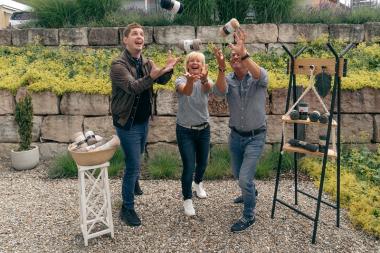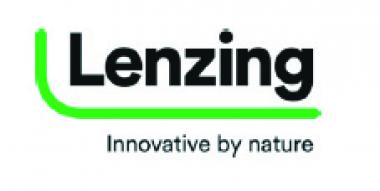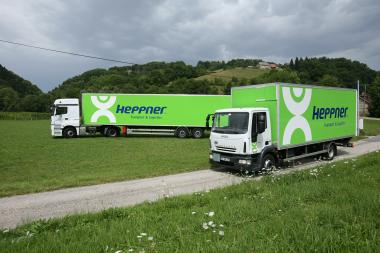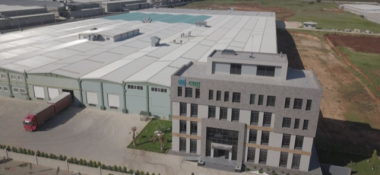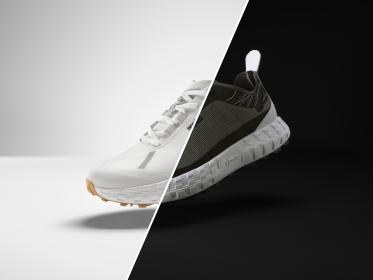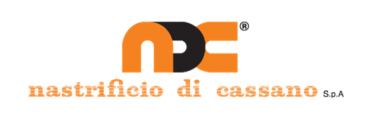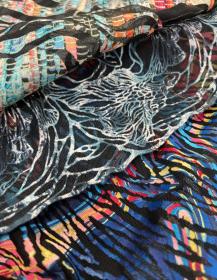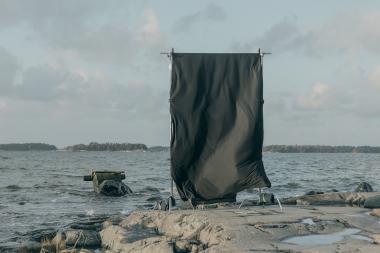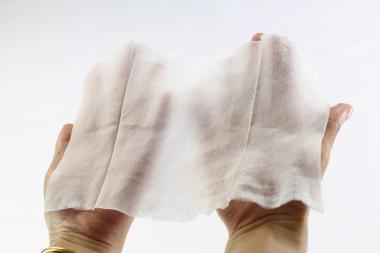Archroma celebrates 8 Years of creating positive impact
Archroma celebrates 8 years of leading the way to a sustainable world, with innovations and solutions aimed at creating added value sustainable for its partners, consumers and the planet.
Archroma came to life on 1st October 2013 from textile, paper and emulsions businesses acquired from Clariant by SK Capital Partners.
Building on decades of commitment to developing safer eco-friendlier chemistry, Archroma has become in the past 8 years a prominent name for more sustainable colors and performance, collaborating with leading brands such as Primark, G-Star, Patagonia, Esprit and more.
Archroma has introduced innovations, such as the EarthColors® made from non-edible plant waste from the food and herbal industry, Denisol® Pure, an indigo for aniline-free* denim, aniline being a category 2 carcinogen substance, and Smartrepel®, a PFC-free* water repellent solution. The company is also about to launch a new plant-based softener.
The company started to develop holistic solutions designed to bring innovation and performance, whilst reducing the impacts on water, energy and other natural resources. The savings generated by these 70+ system solutions are demonstrated by Archroma's proprietary ONE WAY Impact Calculator, a tool launched in 2012 and continuously upgraded to simulate and optimize the footprint of application processes.
Archroma also recently launched CASUAL X SMART, a sulfur dyeing system for trendy wash-down effects to make clothes that look smart at home and at work. The colors won't fade in the washing cycle, and the application process allows resource savings of up to 33% water, 21% energy and 35% chemical usage compared to a benchmark reactive & pigment garment dyeing.
With ONE WAY, a brand can calculate how much impact their current production and the Archroma Way collection will have on water, energy, chemical, raw material or CO2 footprint.
Archroma / EMG










